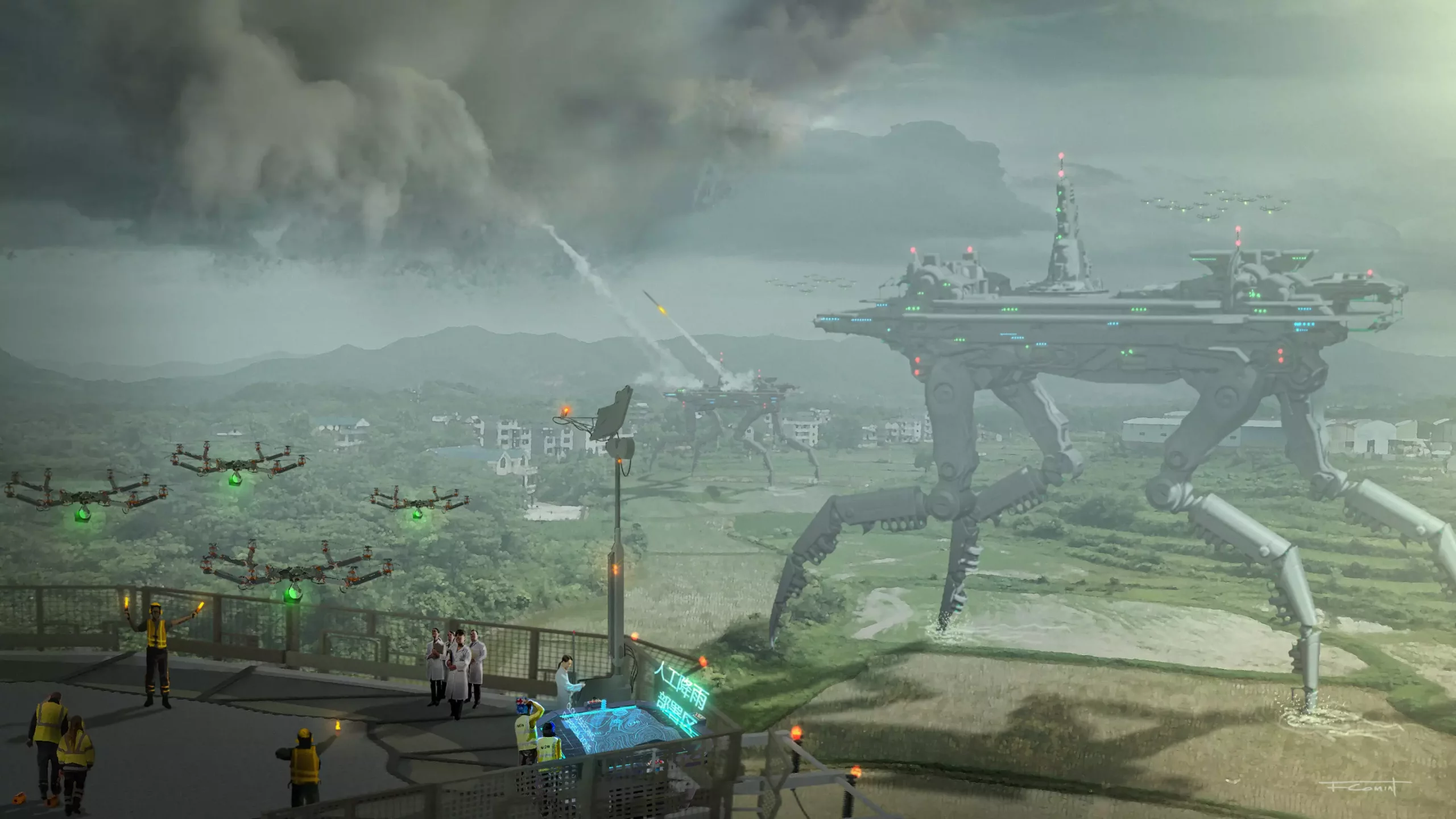In a rapidly changing world, human activity is intricately linked to the water cycle of the Earth. Land use changes impact where clouds form and how precipitation is distributed, while weather modification practices like cloud seeding are altering the way nations plan for water use in the face of climate change. These changes may have long-lasting consequences that are difficult to fully comprehend. It is crucial to recognize the complex relationship between human activities and the Earth’s atmospheric water cycle.
The Role of Story-Based Scenarios in Water Management
Patrick Keys, an Assistant Professor at Colorado State University, has been conducting research on climate and societal change for years. He identified a potential gap in understanding the implications of human activities on the water cycle. To address this gap, Keys collaborated with water scientists from around the world to develop story-based scenarios that explore the possible futures humanity may face. These scenarios, published in Global Sustainability, offer a creative pathway to understand atmospheric water research and the economic and policy issues that may arise.
By integrating science fiction storytelling with scientific research, Keys and his team aimed to envision the potential outcomes of human interactions with the atmospheric water cycle beyond 2050. Through workshops and interdisciplinary collaboration, experts developed 10 story-based scenarios that delve into the possible trajectories of water management. The inclusion of artist-made images further enhances the storytelling experience, providing a visual representation of the future scenarios.
Exploring Future Relationships in Water Management
Through computational text analysis and workshops with water experts, Keys sought to explore how countries and private actors may interact with the atmospheric water cycle in the future. By considering potential economic principles and leveraging advantages, it is possible to anticipate the ways in which entities could shape their water management strategies. The inclusion of science fiction elements allowed for the exploration of culture and perception, factors that may significantly impact future outcomes.
Keys’ innovative approach to understanding atmospheric water resources opens up new possibilities for engaging with water management issues at a global scale. By igniting conversations around policy, regulation, and enforcement, these scenarios prompt critical thinking about the future of water resources. As the world faces increasing environmental challenges, it is essential to consider the interconnected nature of human activities and the Earth’s water cycle. Through creative storytelling and interdisciplinary collaboration, we can gain a deeper understanding of the complex relationship between humanity and the planet’s water resources.


Leave a Reply